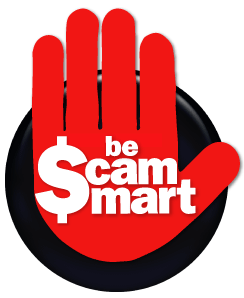]]>
E-mail is the fastest and most inexpensive method of marketing, but it is often the most unreliable. One of the biggest concerns facing online business owners is how to get legitimate e-mail past the spam filters.
Even though people have agreed to receive your company’s e-mail, it still may not reach its destination. The sad fact is that often over 30% of messages never reach recipients because they are interpreted as spam.
People are sick and tired of receiving unwanted e-mail. Because of this, some Internet providers like Earthlink and AOL are adding strong filters to their e-mail services that block e-mail it suspects might be spam. In other cases, individuals are downloading programs such as Spam Arrest, to further filter out spam. Simply sending an HTML e-mail could cause your e-mail to be blocked. Some programs interpret any e-mail with images as spam.
The common belief is that if you get “white listed” with an Internet Service Provider and don’t use spam triggering words or phrases, your e-mail should go through without problems. Unfortunately, that is not true. Because of the many different categories of filters being used, there is no one perfect solution.
Laurie Beasley, of Beasley Direct Marketing offers these tips on how to avoid the spam filters and get your e-mail delivered:
1. Clean up your e-mail lists by removing bounces, correct address typos, update addresses, and reduce unnecessary volume demands by removing those who don’t open your e-mails or by breaking up large lists.
2. Avoid the use of CAPS in the subject line
3. Avoid the words free, promise you, no fee, no obligation, money-back guarantee, special, promotion, call now, call today.
4. Avoid Click Here (use visit, select, or go to, instead)
5. Don’t mention toll free numbers. Just use the number, without the deadly “toll free.”
6. Don’t use “Register Today” (However, “Register Now” seems to be OK. Spam filters are sensitive to the word “Today.”)
7. Avoid these top ten words: diet, free, spam, income, instant(ly), profit(s), subscribe, amaz(ed)(ing), guarantee(d), and $$$/money/dollar(s)
Along with avoiding the spam filters, business owners need to make sure that the list they use is truly a reflection of their target audience. Don’t get in the habit of collecting cards at a networking meeting and then just dumping them into your e-mail database. Get permission from every person that gives you a card, to allow their e-mail address to go into your database. And then make sure that every mass e-mail you send out has an unsubscribe link in it.
To keep your e-mail list current, make sure you send messages to your list at least every 90 days. If you wait too long, your list will have many bounces due to people changing addresses or simply forgetting who you are and assuming you are spam. Stay in front of your audience and keep their interest by giving them valuable content. Don’t keep trying to sell them something every time your send out an e-mail. If you do, you’ll become an annoyance and people will no longer want to receive e-mail from you.
For the small business owner, e-mail is a great choice for marketing, but it’s not without challenges. Junk mail delivered to your home address is simply thrown in the trash without much thought. However, junk e-mail has an emotional component. People get angry from unsolicited e-mail. So make sure the e-mail you send out is a positive reflection of your company and not considered junk.






